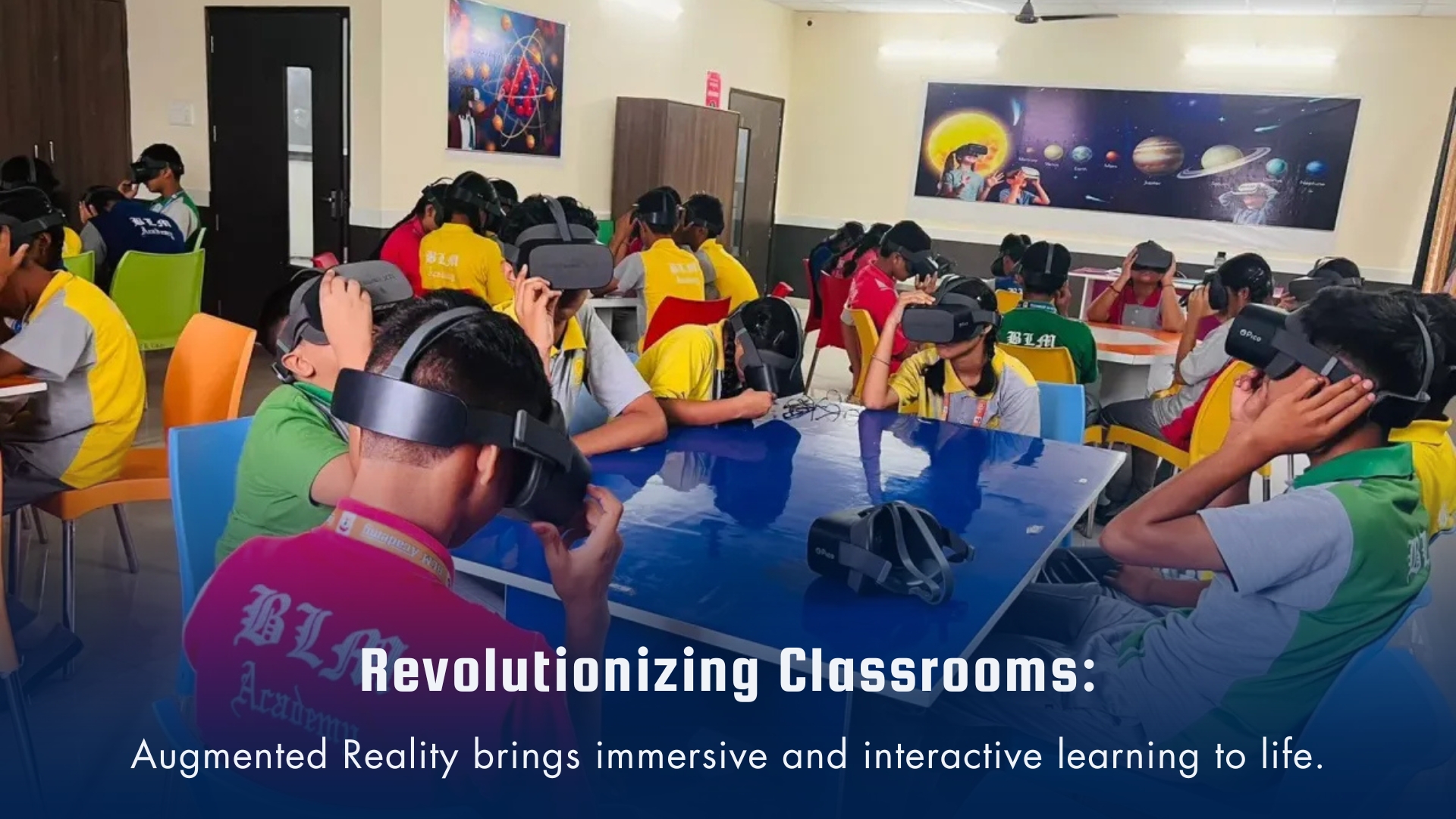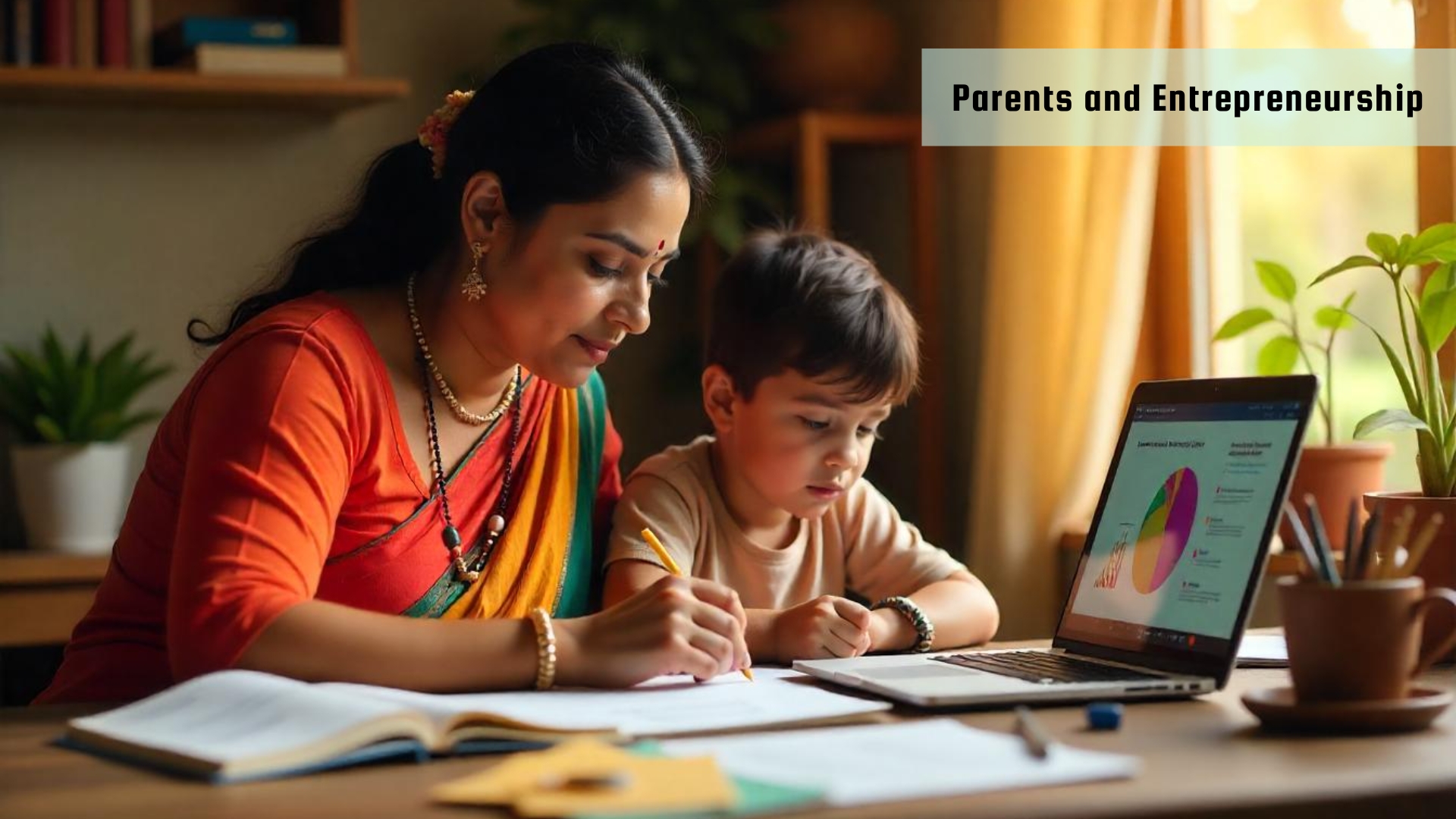What are the different roles of teachers in the classroom?
The role of the teachers is not just restricted to subjective knowledge to the students. Teachers are the role models for the students. The teachers need to engage the students in many activities inside the class. They must give the required feedback to the students along with the assessment reports. Sometimes they act as instructors or mentors or a companion or spectator. They just don't teach the students but also reassure them. Teachers must boost the confidence of the students and encourage them to follow their passion. When teachers are highly involved with the students, they not only give better concepts to the students but also have a long-term effect on their learning process.
Key Roles Teachers Play in the Classroom
1. Tutor
The primary role of the teacher is to teach the students about their respective subjects based on their expertise. Teaching doesn't only include theory but also developing practical skills amongst the students. They also involve the students in co-curricular activities like projects, quizzes, presentations, debates, speeches, etc. As tutors, they must focus equally on all the students and provide extra support to the special students. The teachers must sharpen the young minds to explore the ideas and implement them to sort of real-world problems.
2. Controller
To maintain discipline, it is necessary to have an authoritative role of the teacher in the students. The teacher can have high or low involvement with the students. The control of the students in positive senses along with high involvement encourages them to work hard and remain open to questions and queries. Although being a controller, the teacher must be responsible towards the students. The authoritative classroom provides freedom to the students to express themselves. This role becomes more effective when the teacher introduces any new topic. It is essential to not overuse this role in the classroom.
3. Creator of a suitable environment
The teachers must create a healthy and transparent environment in the classroom. Such a positive environment encourages the students to participate and create their interest in the learning process. A teacher must have a good rapport with the students.
4. Demonstrator
Teaching doesn't simply include speaking and writing, and delivering the content in the classroom. Teaching is an art and the teacher is the demonstrator. It is pivotal to demonstrate the concepts and ideas to the students to enhance the learning impact. Thus, a demonstrator provides a meaningful learning impact to the students. They must demonstrate the concepts using audio-visual aids to have a long-term impact on the memories of the students.
5. Delegator
The teachers act as a delegator by giving many responsibilities to the students and overviewing the functioning of the classroom. This gives ownership to the students so they expand their ideas and improve their learning through group activities, and discussions. During the practicals in the laboratories, the teacher can supervise the students in the form of a delegate. This also helps to develop confidence, leadership, decision-making, and teamwork amongst the students.
6. Participant
Sometimes to inculcate more knowledge and give different perspectives to the students on a serious or diplomatic issue, even the teachers can participate along with the students in the activities. This also increases student engagement and encourages them. As a participant, the teacher night outshines the students so they must blend easily with the students. Participation along with the students is the best way of interaction.
7. Prompter
The classroom comprises introverted as well as extroverted students. As a promoter, the teachers not only give sole ownership to the students but also prompt them to ask their doubts and get more involved in the activities. The teachers can provide them with an extra hand in many activities. Promoting helps the students to express themselves easily without the fear of rejection or failure. As a prompter, the teacher might make the students dependent for a while but later on, it can be useful to bring out their talents.
8. Resource
The teachers must follow the defined curriculum by using multiple aids and thus provide a variety of information to the students. They are a resource of elaborate data and can get students involved in the classes through seminars, conferences, and activities. The resource is not just required in the classroom, but also everyday life. Students primarily rely on the teachers to clear their doubts and curiosity.
9. Organizer
The teachers must organize their classes in the form of activities, and lectures to make them more interesting. They organize many activities and practicals to encourage student participation. Teachers can demonstrate the students, and then can act as a prompter or participant. This not only enhances the interest of the students but also makes the learning process efficient.
10. Creative
The teachers should not follow contemporary teaching methodologies. Their teaching aids must include modern technology and tools to connect with the students and bring out the best outcomes in the classroom.
11. Accessor
After teaching the concepts in the classroom, it becomes necessary for the teachers to assess the students. Thus, assessment helps to evaluate the learning of the students. Based on the reports, the teachers can provide suitable feedback to the students. This feedback must be given in a way to boost up the confidence of the students and encourage them to give the best outputs.
12. Role model
Teachers are one of the role models whom the students look upon from their childhood. They want to follow in the footsteps of their teachers. The teachers must inculcate moral and core values in the students to make them better in real life. Students spend half of their time amongst their teachers, thus it becomes important for the teachers to set good examples among them.
Conclusion
Teachers do much more than just teach lessons; they shape the lives of their students by playing many roles, such as a guide, mentor, organizer, and even a role model. Each role helps students grow, not just in knowledge but also in confidence, values, and life skills. By adjusting to the needs of their students and the classroom, teachers can make learning more meaningful and lasting.
When teachers bring creativity, care, and focus into their teaching, they create classrooms where students feel supported, encouraged, and inspired to do their best. Explore more blogs on eQOURSE to discover tips and strategies to make your teaching even more impactful!














.jpg)




